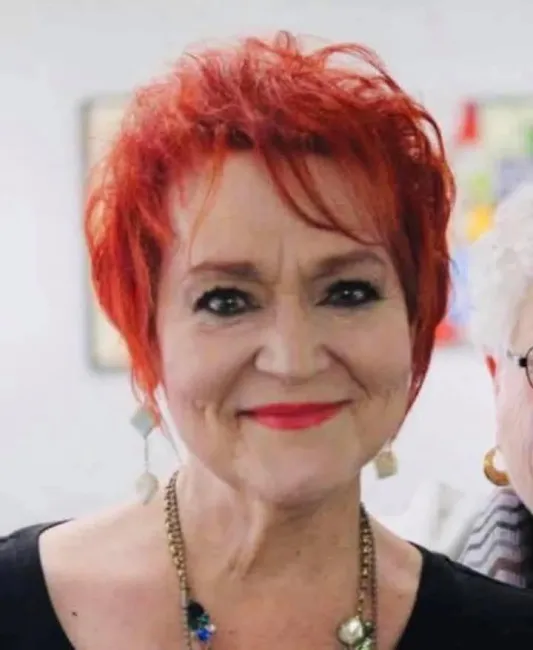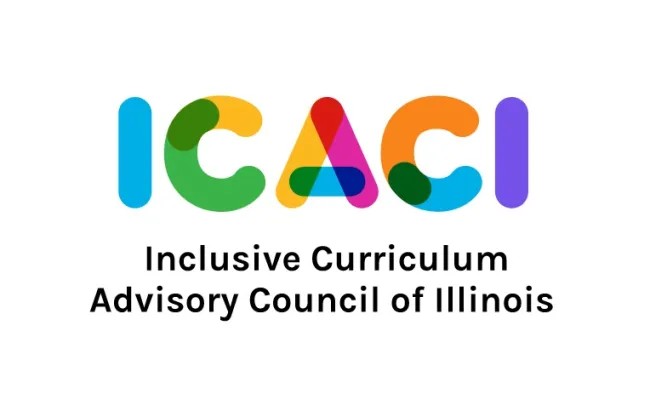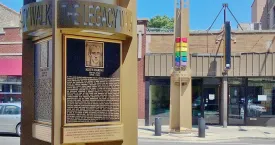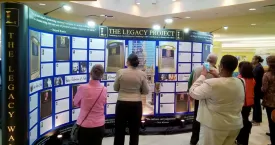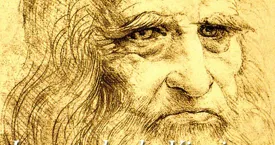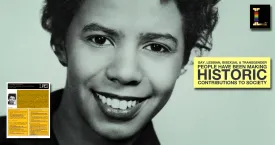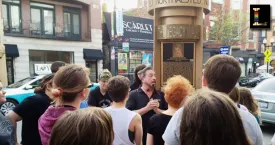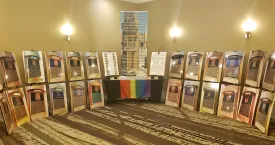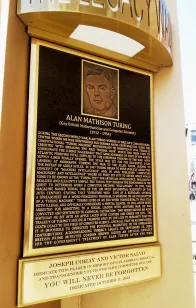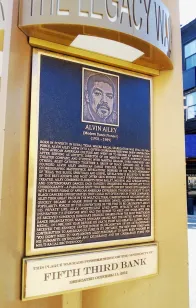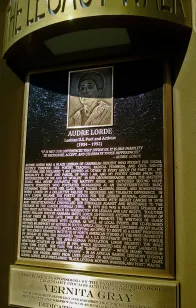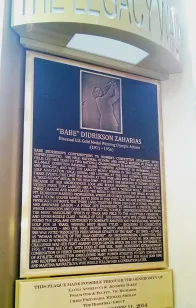“Lori and I went back to the days of ACT-UP and the dawn of the NAMES Project AIDS Memorial Quilt. Our mutual passion for all-things-past and the lost legacies of significant LGBTQ people (who had been redacted from conventional history) became the inspiration for she and I and gay historian and biographer Owen Keehnen to establish the Legacy Project. In 2012 we dedicated the world’s only outdoor LGBTQ History Museum: The Legacy Walk. In addition to everything else this amazing force of nature did – Lori used her influence to breathe life into this dream and make it a reality.” – Victor Salvo, Co-Founder
The Legacy Project works to build an inclusive and equitable future for Lesbian, Gay, Bisexual, Transgender, and Queer (LGBTQ) people celebrating their contributions to world history and culture; by inspiring young people to stand strong in the face of bullying; and by helping the general public to realize LGBTQ people have always been an integral part of humanity’s story.
The #WeWillNotBeErased campaign ensures that the Legacy Project continues to have the resources to counter the intentional redaction of LGBTQ narratives – especially Trans people – from both public discourse and inclusive education. Whether through our nationally acclaimed traveling installation, the Legacy Wall; our ground-breaking curriculum tools; or our Historic Landmark Legacy Walk outdoor museum of bronze biographical memorials, the Legacy Project is focused on fighting the forces of erasure with knowledge of LGBTQ Contributions to World History and Culture. We will never change the future without reclaiming – and sharing – our extraordinary past. Donate HERE.

THE LEGACY PROJECT cannot thank all of you enough for making 2025 another year for the record books! From the very beginning this has been been the passion project of regular folks like you. No endowments. No mega-donors. Just people who understood how important history was and STILL is. And look at what we have accomplished because you believed in the Legacy Project!! Please help us keep it going with a 100% tax-deductible donation!!
Award-Winning... Historically Landmarked Outdoor Museum… Guided Tours… Digitally Interactive Traveling Installation… National Tour… Lesson Plans, Study Guides, Multimedia… International and Multicultural... Searchable Database… Robust Social Media… Promoting LGBTQ Contributions to World History and Culture… The most Multifaceted and Dynamic LGBTQ History endeavor on Earth...
The 2025/26 School Year Is Here! Transform your classroom experience into one which includes the many contributions LGBTQ people have made to the world we share. The Legacy Project, in conjunction with our partners at Illinois Safe Schools Alliance, Public Health Institute of Metropolitan Chicago, and Equality Illinois, maintains a database and Search Portal to help teachers create a classroom experience which meets the requirements of Illinois's new Inclusive Curriculum Law. Explore a fascinating aspect of human history which most people did not know was missing...
Through "The Legacy Walk" in Chicago (the world's only outdoor LGBTQ history museum and Chicago's newest Historic Landmark); "The Legacy Project Education Initiative" (free, downloadable resources); and "The Legacy Wall" (traveling interactive exhibit) – the award-winning Legacy Project is committed to challenging the social and cultural marginalization of LGBTQ people.
The Legacy Project was inspired the first time the Names Project AIDS Memorial Quilt was shown at the National March on Washington for LGBT Civil Rights in 1987. Beyond the over-whelming, uncontrollable emotion of that experience was a sense of the vastness of our presence, the richness of our lives. So many people - both famous and obscure. So many interests. So many accomplishments. For all the talk about our "diversity" the full breadth of our existence was never more clearly represented at one time, in one place, than on that ¾ acre swatch of the fabric of our lives. Sadly, except for our own immediate circles, we were strangers to ourselves. At that time, there was no way for gay people to know about those who came before them and what they accomplished and The Quilt only seemed to magnify that. We were LIVING GAY HISTORY. But we were DYING. Who would remember those who came before us when we were gone? More >
